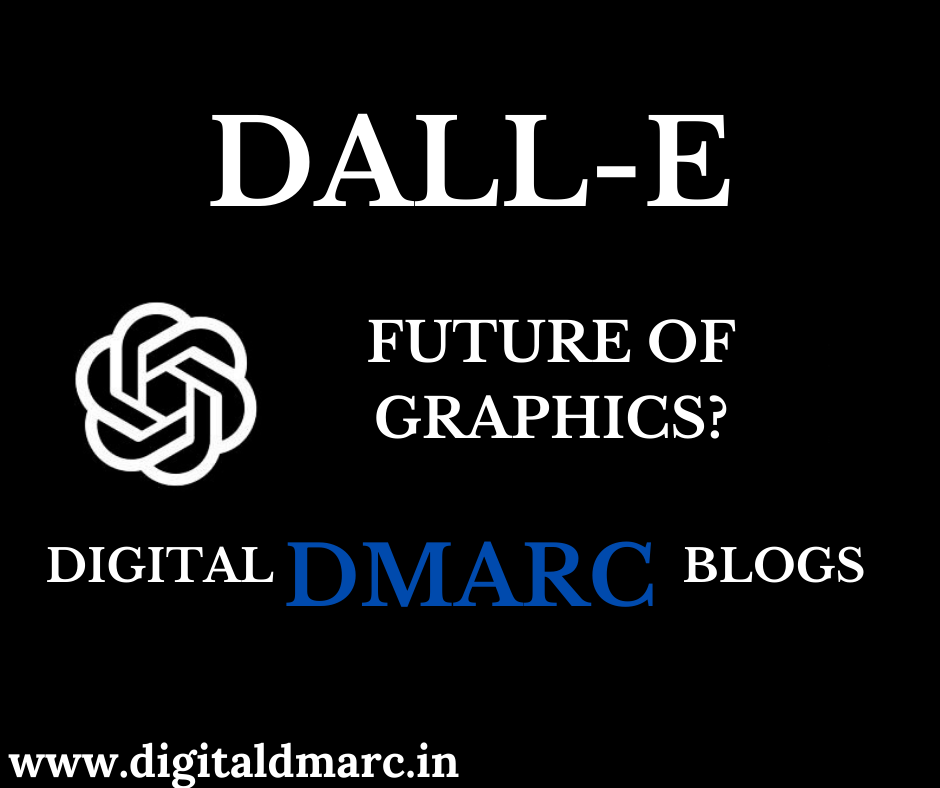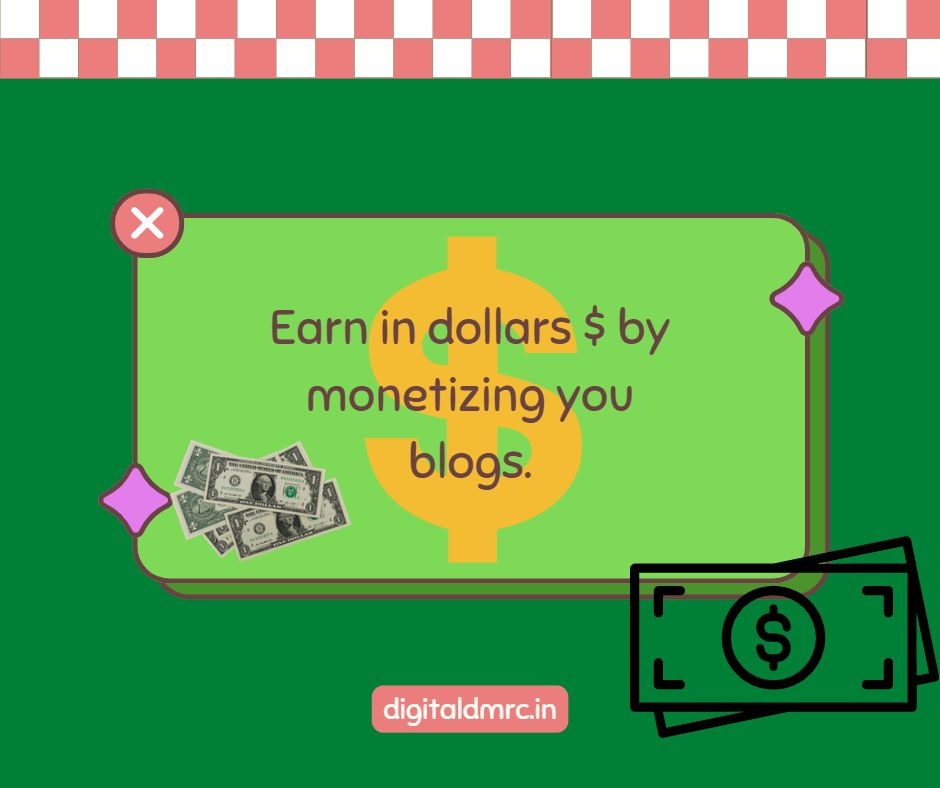DALL-E ~Future of Graphics? is an innovative AI language model created by OpenAI that can generate unique images from textual descriptions. This technology has many potential applications in various fields, including art, design, and marketing. In recent years, there has been a lot of excitement around a new AI language model called DALL-E. DALL-E is an innovative AI model that can create unique images from textual descriptions. This article will take a closer look at DALL-E and how it works.
What is DALL-E?
DALL-E is a language model created by OpenAI, a leading research organization in the field of artificial intelligence. The name DALL-E is a combination of the name Salvador Dali and the character Wall-E. This reflects the model’s ability to create surreal and imaginative images that are often reminiscent of Dali’s work.
The unique feature of DALL-E is its ability to create images from textual descriptions. The model can take a textual input and generate an image that matches the description. For example, if you ask DALL-E to create an image of a cat sitting on a couch, it will produce a realistic image of a cat sitting on a couch.
How does DALL-E work?
DALL-E is a neural network model that is based on the GPT-3 architecture. The model is trained on a massive dataset of images and textual descriptions. During training, the model learns to associate textual descriptions with images, allowing it to generate images based on textual inputs.
To generate an image, DALL-E breaks down the textual input into smaller units and processes them one at a time. It then generates a series of image patches that are combined to form a complete image. The model uses a technique called contrastive learning to ensure that the generated images match the textual inputs.
Applications of DALL-E:
DALL-E has many potential applications in various fields, including art, design, and marketing. One of the most exciting aspects of DALL-E is its ability to generate unique and original images that can be used for a variety of purposes.
In the field of art and design, DALL-E can be used to create illustrations, logos, and other visual content. Marketers can also use DALL-E to create product images, advertisements, and social media posts.
The Future of DALL-E:
DALL-E is still a relatively new technology, and there is a lot of potential for future development. OpenAI is continually improving the model, and we can expect to see more advanced versions of DALL-E in the coming years.
One area where DALL-E could be improved is its ability to generate more complex images. While the model is capable of creating realistic images of simple objects, it struggles with more complex scenes and objects. As technology advances, we can expect to see DALL-E become more proficient at generating more complex images.
DALL-E is an exciting new AI technology that has the potential to revolutionize the way we create and use visual content. With its ability to generate unique and original images from textual descriptions, DALL-E has many potential applications in various fields. As the technology continues to develop, we can expect to see more advanced versions of DALL-E that can generate even more complex and detailed images.
Limitations of DALL-E:
While DALL-E is a groundbreaking technology, it is not without its limitations. One limitation of the model is its dependence on textual input. The model can only generate images based on the textual descriptions it is given, which means that it is limited by the quality and specificity of the text it receives. This means that generating images of abstract concepts or vague descriptions can be challenging for the model.
Another limitation of DALL-E is its computational requirements. The model is computationally expensive, which means that it can be slow to generate images. This can be a problem for applications that require real-time or near-real-time image generation.
Read about chatbot click here
Potential Impact of DALL-E on Society:
DALL-E has the potential to impact society in various ways. One area where technology could have a significant impact is in the field of creative industries. DALL-E could be used to automate the creation of visual content, which could have implications for employment in the creative industries.
Technology could also have implications for the field of education. DALL-E could be used to generate visual aids and learning materials, making it easier for educators to create and share content with their students.
In the field of medicine, DALL-E could be used to generate visualizations of medical conditions or treatments. This could make it easier for medical professionals to communicate complex concepts to their patients.
Privacy Concerns:
DALL-E raises some privacy concerns, particularly with regard to the use of personal data. The model is trained on a massive dataset of images and textual descriptions, which means that it has access to a large amount of personal data. This has raised concerns about how this data is being used and whether it is being used ethically.
To address these concerns, OpenAI has stated that it is committed to ensuring that the technology is used ethically and responsibly. The organization has also implemented privacy measures to protect the data it uses to train the model.
We make a perfect design for blogs from DALL-E.
Several features can make a blog stand out and be successful. Some of the key features include:
Compelling content: The content of your blog should be engaging, informative, and well-written. It should provide value to your readers and keep them coming back for more.
User-friendly design: Your blog should have a clean, easy-to-use design that makes it easy for readers to navigate and find what they’re looking for. This includes things like clear navigation menus, easy-to-read fonts, and a responsive design that works well on mobile devices.
Consistency: Consistency is key when it comes to blogging. You should aim to publish new content regularly, whether that’s once a week or once a day. This helps keep your readers engaged and coming back for more.
Social media integration: Your blog should be integrated with social media platforms like Twitter, Facebook, and Instagram. This makes it easy for readers to share your content and helps you reach a wider audience.
Search engine optimization (SEO): Your blog should be optimized for search engines so that it ranks well in search results. This includes things like using relevant keywords in your content and meta descriptions, and optimizing your images for search engines.
Commenting system: A commenting system on your blog can help build a community and encourage engagement among your readers. Make sure to moderate comments to prevent spam and ensure that discussions stay respectful.
Multimedia content: Using multimedia such as images, videos, and infographics can make your blog more engaging and appealing to readers. It can also help you convey complex information more effectively.
Read more articles of DIGITALDMARC



